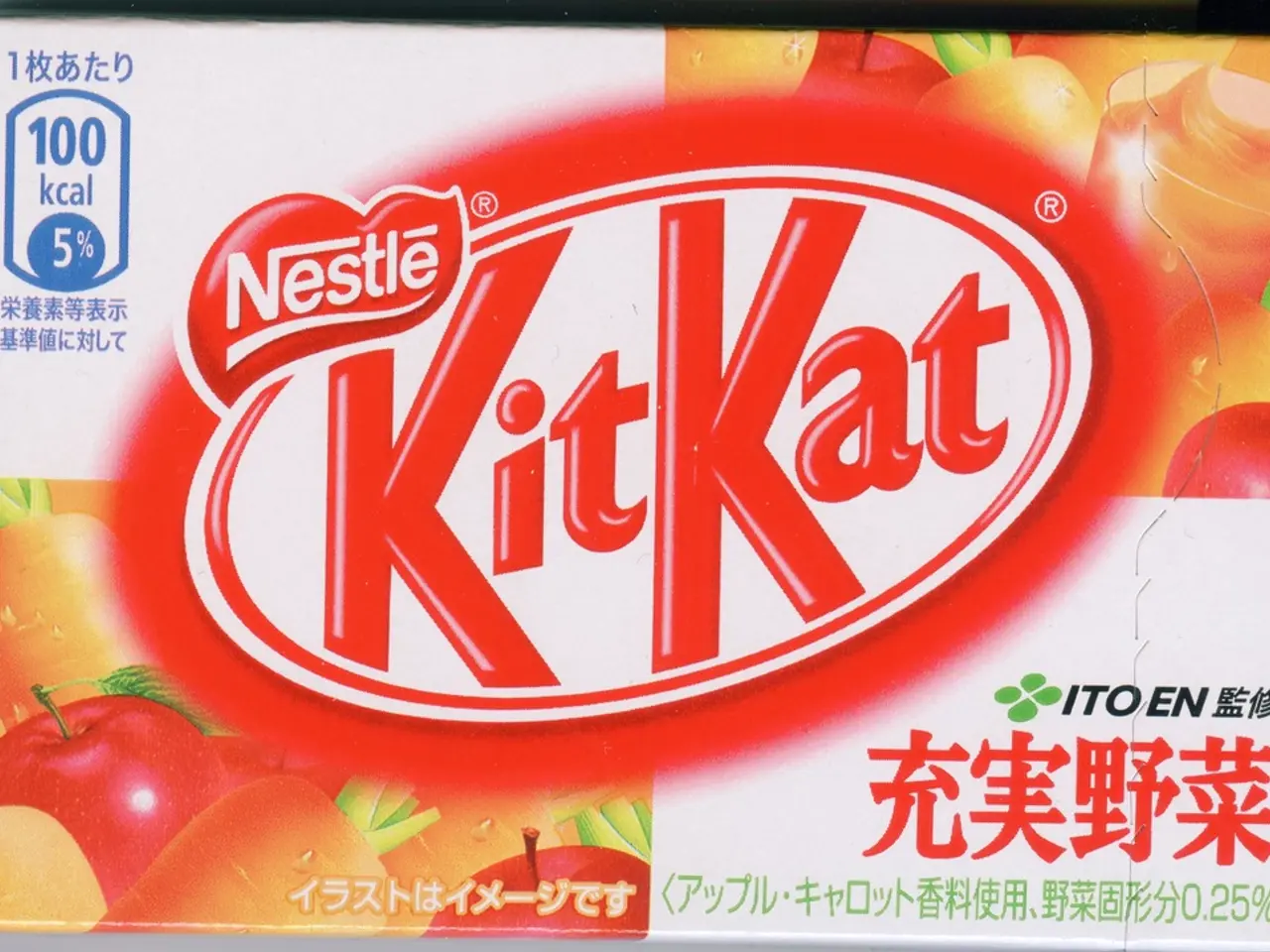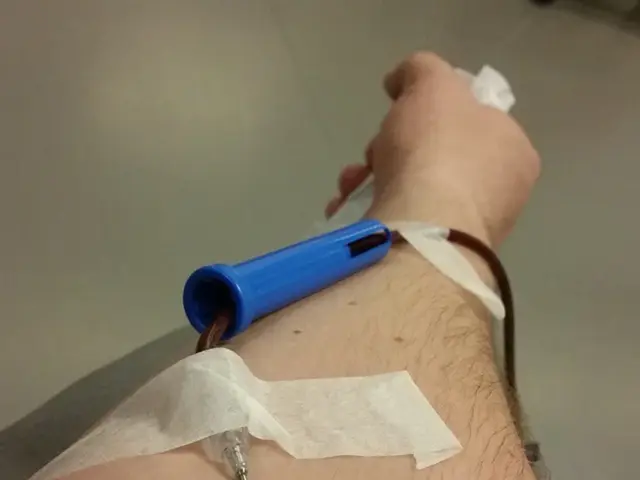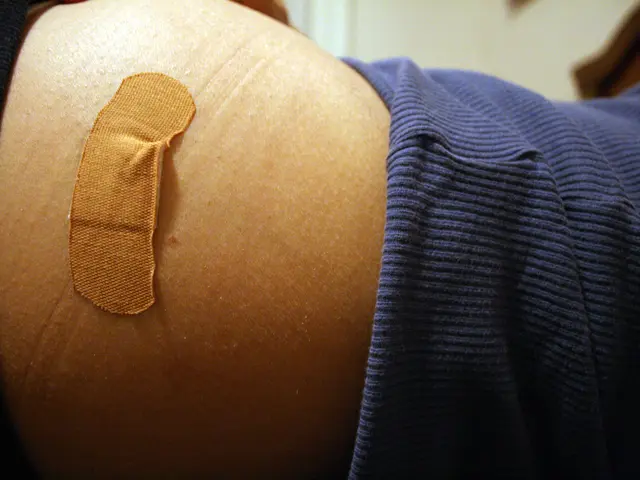Strategies for Weight Loss That Promote Health and Well-being
Adolescence is a crucial period for establishing healthy habits, and this is particularly true when it comes to nutrition. A balanced diet is essential for supporting growth, managing weight, and setting the foundation for a lifetime of good health.
The recommended nutrition guidelines for healthy weight loss in adolescents focus on balanced, nutrient-rich diets. Half the plate should be filled with a variety of fruits and vegetables, with an emphasis on dark green, red, and orange types such as broccoli, spinach, carrots, and sweet potatoes. Whole grains, such as brown rice, whole wheat pasta, and whole-grain cereals and breads, should make up at least half of the grains consumed daily.
Protein is necessary for muscle growth and cell recovery, and can be found in lean meats, poultry, fish, eggs, legumes (beans, lentils), soy products (tofu), and nuts/seeds. For growth support, it's recommended to aim for about 3½ servings daily of dairy or fortified alternatives like milk, yogurt, cheese, soy or almond milk with calcium.
Healthy fats are found in nuts, seeds, and fatty fish. Use unsaturated fats such as olive, canola, soybean, sunflower oils, and soft tub margarine made from liquid vegetable oils. Limit saturated fat, trans fat, and cholesterol found in butter, shortening, and animal fats.
To maintain a healthy weight, it's important to reduce the intake of carbonated drinks and packaged juices. Developing healthy eating habits includes keeping a food diary to track the amount and quality of food consumed, and reducing harmful snacks like cakes, biscuits, chips, lollies, processed meats, fried foods, and takeout.
Regular physical activity is also crucial for weight loss. A family lifestyle approach, combining proper nutrition and regular exercise, is recommended. Medical interventions like Wegovy® may be considered for adolescents aged 12 and older with obesity under professional guidance, but still require adherence to a reduced-calorie diet and activity.
Weight loss in adolescence requires a special approach that considers the body's rapid growth and development. Sudden diets or fasting can cause harm, disrupting hormonal balance and causing problems with appearance and health. If meals are too infrequent, strong hunger occurs, leading to excessive food consumption. Rapid weight loss through strict diets and fasting can lead to a deficiency of important substances, worsen skin and hair condition, and negatively affect cognitive functions.
Lunch should include a source of protein and carbohydrates, such as quinoa with chicken and a vegetable salad. A snack can be made from cottage cheese with sour cream. A healthy breakfast includes porridge, eggs, and fruits. Overeating after long-term restrictions hinders weight loss, so a second breakfast can consist of a banana and nuts.
In conclusion, the emphasis is on balanced, nutrient-dense foods in appropriate portions, reducing sugary and high-fat foods, and supporting healthy growth and development during adolescence while managing weight safely. Developing healthy eating habits in adolescence creates a foundation for a healthy lifestyle and an attractive figure in the future.
- Embracing science-backed diet recommendations, adolescents should focus on maintaining a balanced diet rich in nutrients for healthy weight management. This includes consuming half the plate with a variety of colorful fruits and vegetables, whole grains, lean proteins, and healthy fats.
- For growth support and muscle development, adolescents should aim to consume about 3½ servings daily of dairy or fortified alternatives, while also incorporating protein-rich foods like lean meats, poultry, fish, eggs, legumes, and soy products.
- To boost health-and-wellness and successfully manage weight during adolescence, it's important to limit the consumption of carbonated drinks, packaged juices, and harmful snacks. Instead, opt for nutrient-dense foods, maintain regular fitness-and-exercise routines, and advocate for family lifestyle approaches that prioritize both nutrition and physical activity.




